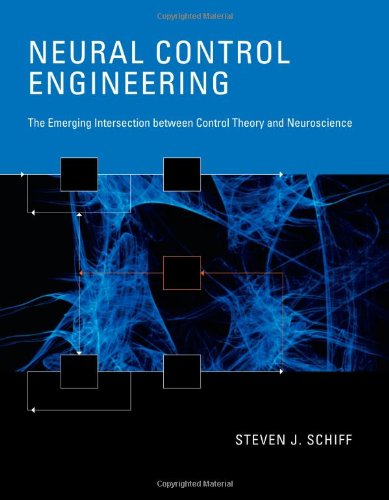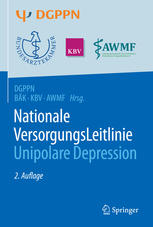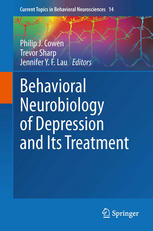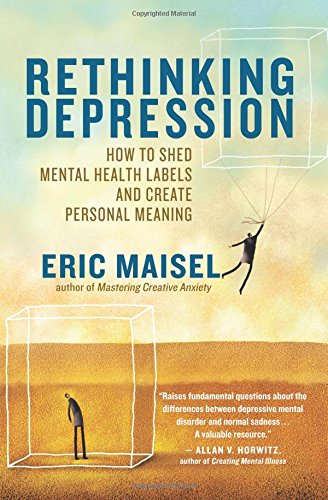مهندسی کنترل عصبی: تلاقی در حال ظهور بین نظریه کنترل و علوم اعصاب ۲۰۱۱
Neural Control Engineering: The Emerging Intersection between Control Theory and Neuroscience 2011
دانلود کتاب مهندسی کنترل عصبی: تلاقی در حال ظهور بین نظریه کنترل و علوم اعصاب ۲۰۱۱ (Neural Control Engineering: The Emerging Intersection between Control Theory and Neuroscience 2011) با لینک مستقیم و فرمت pdf (پی دی اف)
| نویسنده |
Steven J. Schiff |
|---|
| تعداد صفحهها |
384 |
|---|---|
| نوع فایل |
|
| حجم |
23 Mb |
| سال انتشار |
2011 |
89,000 تومان
معرفی کتاب مهندسی کنترل عصبی: تلاقی در حال ظهور بین نظریه کنترل و علوم اعصاب ۲۰۱۱
اثربخشی رویکردهای جدید برای مهندسی کنترل غیرخطی در علوم اعصاب، از مدل سازی اولیه تا کاربردهای پیشرفته پزشکی.
در طول 60 سال گذشته، رویکردهای مهندسی کنترل مبتنی بر مدل مؤثر چنین پیشرفت های فوق العاده ای در سیستم های مهندسی مانند هواپیماهای خودمختار، وسایل نقلیه خودران، و حتی پیش بینی آب و هوا بوده است. در طول همان دهه ها، مدل های ما از سیستم عصبی از غشای تک سلولی به شبکه های عصبی و مدل های مقیاس بزرگ مغز انسان تکامل یافته اند. تا همین اواخر، نظریه کنترل برای انواع مدل های غیرخطی که در علوم اعصاب توسعه می یابند، کاملاً غیرقابل اجرا بود. انقلاب در مهندسی کنترل غیرخطی در اواخر دهه 1990، تلاقی نظریه کنترل و علوم اعصاب را ممکن کرد. در مهندسی کنترل عصبی، استفان شیف به دنبال اتصال این دو زمینه است و کاربرد رویکردهای جدید در مهندسی کنترل غیرخطی در علوم اعصاب را بررسی می کند. پس از ارائه مطالب گسترده در مورد مدل سازی علوم اعصاب محاسباتی در یک محیط کنترلی – از جمله برخی از اصول الگوریتم هایی که به پر کردن شکاف از شهود به اجرای مؤثر کمک می کنند – شیف طیف وسیعی از کاربردها را بررسی می کند، از جمله رابط های مغز و ماشین و تحریک عصبی. او و همکارانش تحقیقاتی را گزارش می دهند که نشان می دهد روش های تئوری کنترل غیرخطی را می توان برای مدل های تک سلولی، شبکه های عصبی کوچک و شبکه های مقیاس بزرگ در موارد بیماری پارکینسون و صرع به کار برد. از طریق مهندسی کنترل عصبی، خواننده دانشی از مبانی تئوری کنترل و علوم اعصاب محاسباتی به دست می آورد که نه تنها برای درک ادبیات در این زمینه بین رشته ای بلکه برای شروع کار بر روی پیشرفت این زمینه کافی است. این کتاب به عنوان یک راهنمای ضروری برای دانشمندان در زیست شناسی یا مهندسی و برای پزشکانی که می خواهند در این زمینه ها تجربه کسب کنند، خدمت می کند.
Over the past sixty years, powerful methods of model-based control engineering have been responsible for such dramatic advances in engineering systems as autolanding aircraft, autonomous vehicles, and even weather forecasting. Over those same decades, our models of the nervous system have evolved from single-cell membranes to neuronal networks to large-scale models of the human brain. Yet until recently control theory was completely inapplicable to the types of nonlinear models being developed in neuroscience. The revolution in nonlinear control engineering in the late 1990s has made the intersection of control theory and neuroscience possible. In Neural Control Engineering, Steven Schiff seeks to bridge the two fields, examining the application of new methods in nonlinear control engineering to neuroscience. After presenting extensive material on formulating computational neuroscience models in a control environment—including some fundamentals of the algorithms helpful in crossing the divide from intuition to effective application—Schiff examines a range of applications, including brain-machine interfaces and neural stimulation. He reports on research that he and his colleagues have undertaken showing that nonlinear control theory methods can be applied to models of single cells, small neuronal networks, and large-scale networks in disease states of Parkinson's disease and epilepsy. With Neural Control Engineering the reader acquires a working knowledge of the fundamentals of control theory and computational neuroscience sufficient not only to understand the literature in this trandisciplinary area but also to begin working to advance the field. The book will serve as an essential guide for scientists in either biology or engineering and for physicians who wish to gain expertise in these areas.















